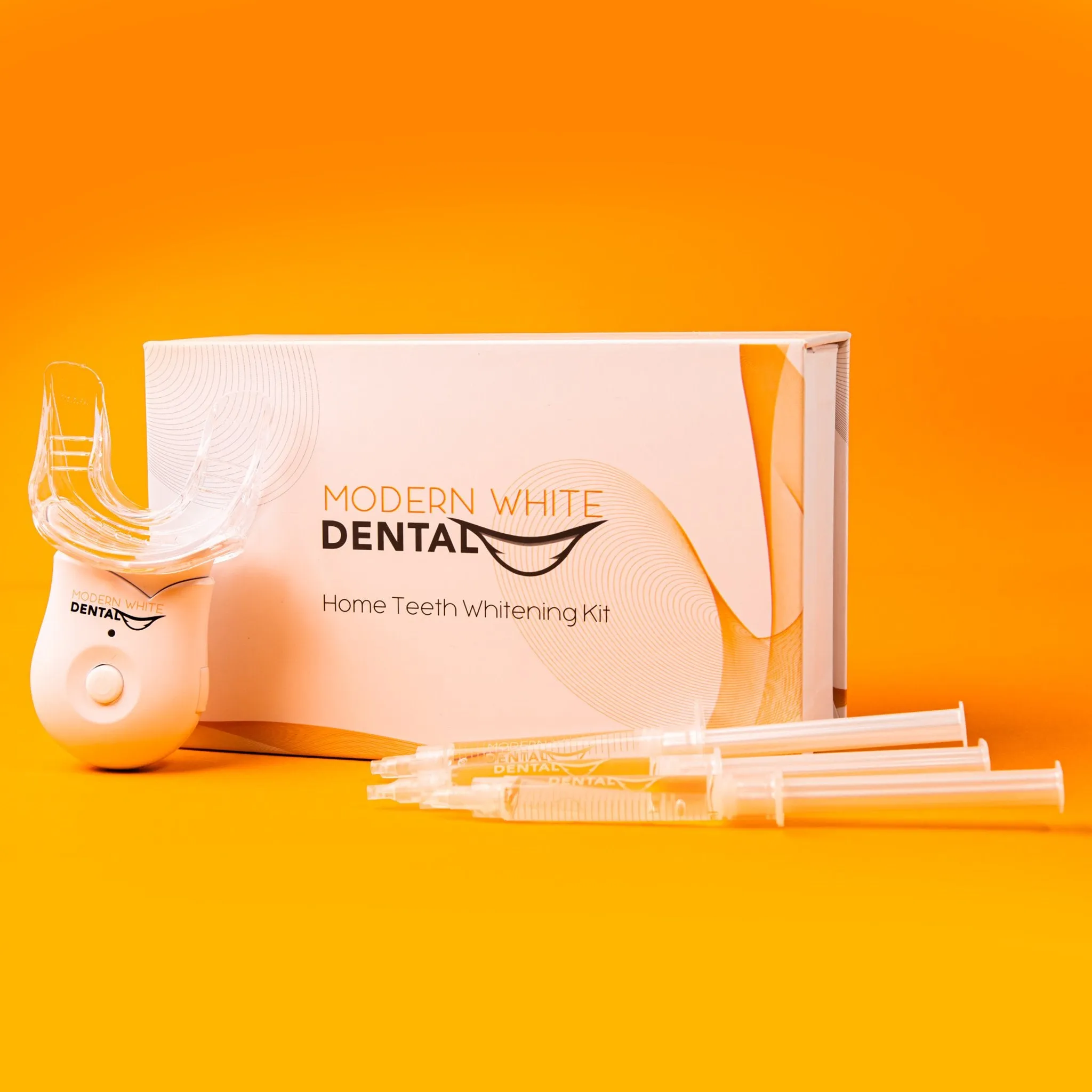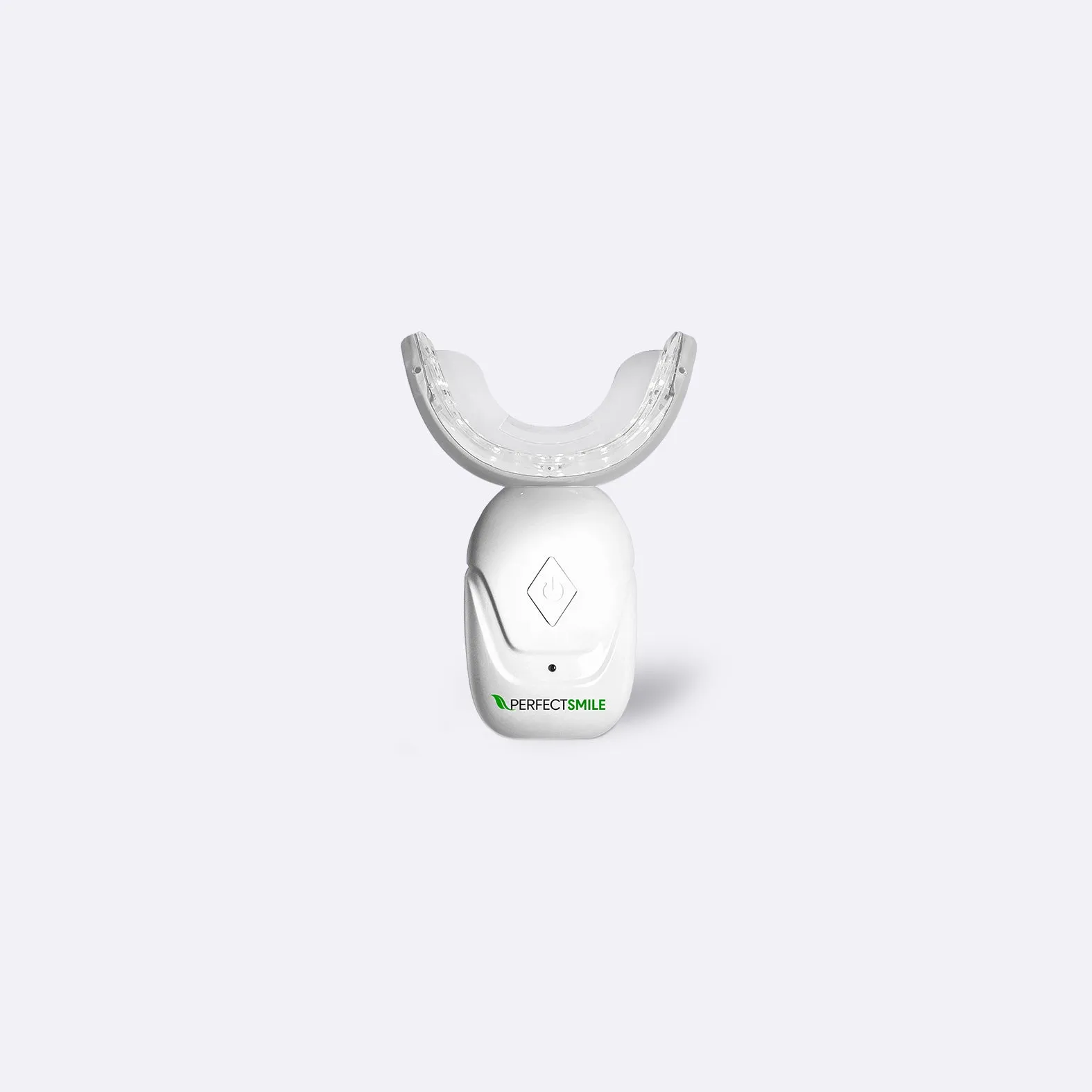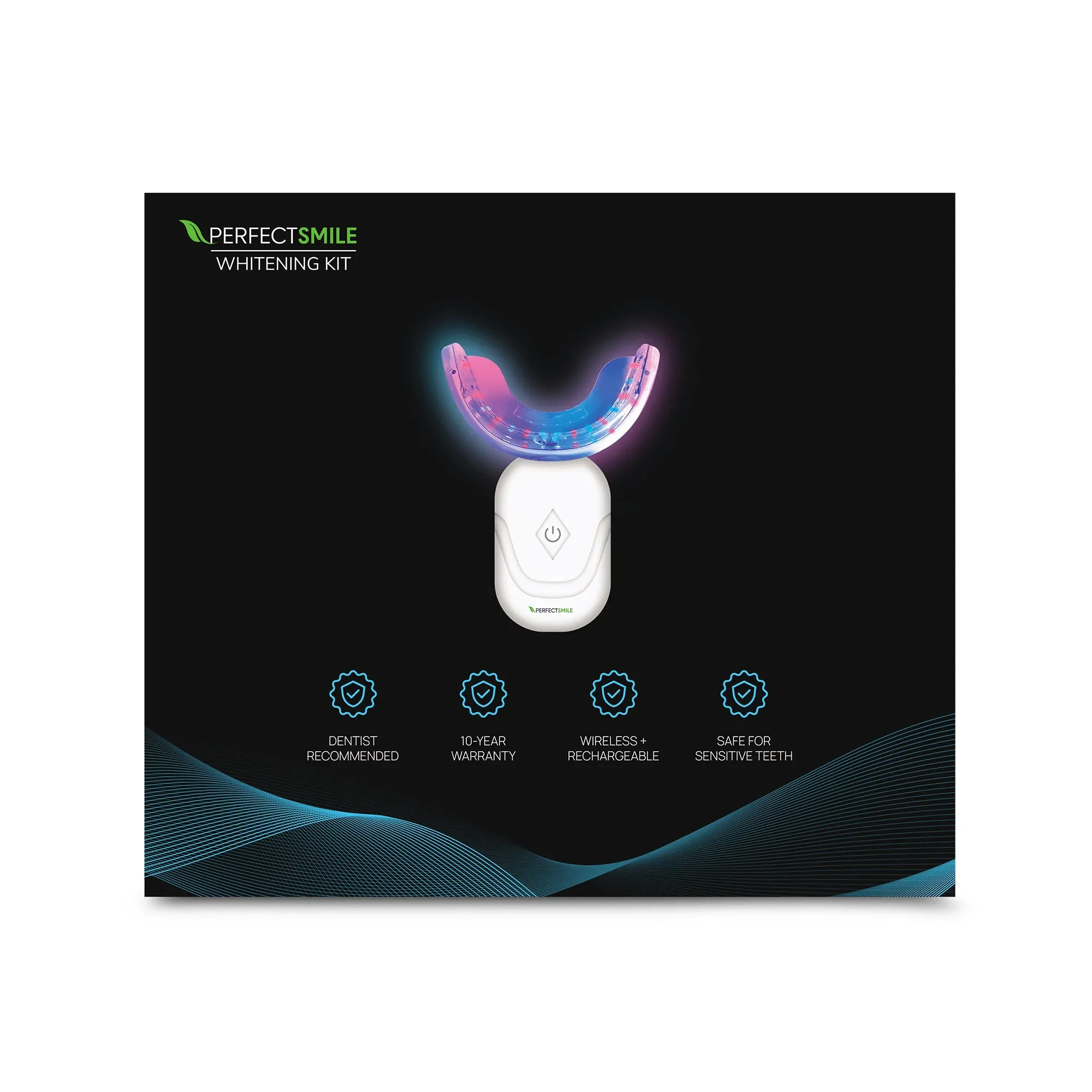LED Whitening The Power of Light for a Brighter Smile
In the realm of cosmetic dentistry, achieving a brighter, more confident smile is a common goal. LED whitening has emerged as a popular and effective method for lightening teeth, utilizing the power of light to accelerate the whitening process. This article delves into the world of LED whitening, exploring its mechanisms, benefits, and the secrets to maximizing its effectiveness. Understanding the science behind LED whitening and how to implement it correctly can help you achieve the dazzling smile you’ve always desired. The information provided offers a comprehensive guide to help you navigate the path to a brighter, more confident you.
Understanding LED Whitening
LED whitening involves using a light-emitting diode (LED) device in conjunction with a whitening agent, typically a hydrogen peroxide-based gel. The LED light emits a specific wavelength that activates the whitening agent, accelerating the breakdown of stains and discoloration on the surface of the teeth. This process is often performed in a dental office, but at-home kits are also available. These at-home kits generally involve the same principles, though with lower concentrations of the whitening agent and a less powerful LED light.
How LED Whitening Works

The process begins with the application of the whitening gel to the teeth. The LED light is then directed at the teeth, where it interacts with the gel. The light acts as a catalyst, speeding up the chemical reaction that breaks down the stains. This typically involves a few sessions, each lasting for about 15 to 30 minutes, depending on the product and the desired results. The effectiveness of LED whitening depends on several factors, including the concentration of the whitening agent, the duration of the treatment, and the overall condition of the teeth.
Benefits of LED Whitening
LED whitening offers several advantages. It’s a relatively quick process, with noticeable results often appearing after a single session. It’s generally considered safe when performed under the guidance of a dental professional or following the instructions provided with at-home kits. Furthermore, LED whitening can be more effective than some other whitening methods, offering a significant improvement in the brightness of the teeth. Beyond the aesthetic benefits, a brighter smile can significantly boost self-confidence and positively impact overall well-being. The convenience and effectiveness make it an attractive option for many individuals seeking to enhance their smile.
Top 7 Secrets for LED Whitening
Secret 1 Choosing the Right LED Kit

Selecting the right LED whitening kit is crucial. Research different brands and products, looking for reputable companies with positive reviews. Consider the concentration of the whitening agent, as higher concentrations often yield faster results but may also increase the risk of sensitivity. Ensure that the kit includes a properly functioning LED light device and clear instructions. It’s always best to consult with a dentist who can recommend a safe and effective product tailored to your specific needs. The quality of the kit can greatly affect the outcome of your whitening experience. Always look for products that are FDA-approved.
Secret 2 Preparing Your Teeth for Whitening
Before starting any LED whitening treatment, it’s essential to prepare your teeth. Begin with a thorough dental cleaning by your dentist to remove plaque and tartar, which can hinder the whitening process. Brush your teeth gently and floss regularly for a few days before your treatment. This helps to ensure that the whitening agent can effectively reach the surface of your teeth. If you have any existing dental work, such as fillings or crowns, discuss this with your dentist, as these may not whiten in the same way as your natural teeth. Proper preparation is key for optimal results.
Secret 3 The Importance of Consistent Use
Consistency is key to achieving and maintaining a brighter smile with LED whitening. Follow the instructions provided with your chosen kit meticulously. If you’re using an at-home kit, adhere to the recommended treatment schedule. Missing sessions or using the product inconsistently can reduce the effectiveness of the treatment. For professional treatments, be sure to attend all scheduled appointments. Consistent use allows the whitening agent to effectively penetrate the enamel and break down the stains. Patience and persistence are crucial to seeing the desired results. Remember that achieving and maintaining a brighter smile is a journey, not a destination.
Secret 4 Dietary Considerations

Your diet plays a significant role in the success and longevity of your LED whitening results. Certain foods and beverages can stain your teeth and counteract the whitening process. During and after your treatment, try to limit or avoid consuming coffee, tea, red wine, dark-colored sodas, and heavily pigmented foods like berries and curries. These items contain chromogens, which can stain your teeth. Consider using a straw when drinking beverages that may stain your teeth. Maintaining a balanced diet that is low in staining agents will help you keep your smile bright for a longer period.
Secret 5 Maintaining Your Results
Maintaining your results involves several steps. Regular dental check-ups and cleanings are essential to remove any surface stains. Brush your teeth twice daily with a whitening toothpaste. Floss daily to remove food particles and plaque between your teeth. Consider using a whitening mouthwash. If you notice your teeth starting to lose their brightness, you can use your at-home kit for touch-up treatments. Following these steps will help you maintain your bright, white smile long after your LED whitening treatment.
Secret 6 Addressing Tooth Sensitivity
Tooth sensitivity is a common side effect of LED whitening, but it’s usually temporary. If you experience sensitivity, there are several steps you can take to manage it. Use a toothpaste designed for sensitive teeth, which can help to block the tubules in your enamel that transmit sensations. Avoid extremely hot or cold foods and beverages. Use a soft-bristled toothbrush to avoid further irritation. Consider using a fluoride rinse, which can help to strengthen your enamel. If sensitivity persists or becomes severe, consult your dentist, who may recommend a desensitizing treatment or a change in your whitening approach.
Secret 7 Consulting Your Dentist

Before starting any LED whitening treatment, it’s wise to consult with your dentist. They can assess the health of your teeth and gums, identify any underlying issues that might affect the whitening process, and recommend the most suitable treatment plan for your specific needs. Your dentist can also provide professional-grade whitening treatments that may offer faster and more dramatic results. They can also monitor your progress and address any potential complications or concerns. Regular dental check-ups ensure your oral health. Your dentist is your best resource for a safe and effective LED whitening experience.
LED Whitening Comparing Methods
LED Whitening vs. Other Whitening Methods
LED whitening is one of several teeth-whitening methods available, including professional treatments like in-office whitening and at-home methods like whitening strips and custom trays. Compared to some other methods, LED whitening often delivers faster and more noticeable results than strips or toothpastes. In-office whitening, on the other hand, may use stronger whitening agents and offer more dramatic results in a single session. The choice depends on the individual’s needs, budget, and desired outcome. The LED method combines effectiveness with relative convenience and lower cost compared to professional, in-office procedures. Understanding the benefits and drawbacks of each method allows you to make an informed decision.
Advantages of LED Whitening

LED whitening offers several advantages that make it a popular choice. It’s a relatively quick process, often providing visible results after just one treatment. It’s less invasive than some other cosmetic dental procedures. LED whitening is generally considered safer than other whitening options, provided the user follows instructions carefully. LED whitening, when used in conjunction with at-home kits, offers a cost-effective solution compared to professional whitening, which allows users to whiten their teeth in the comfort of their homes. LED whitening can be less expensive than other cosmetic dentistry procedures.
Disadvantages of LED Whitening
While LED whitening is generally safe, it has some potential disadvantages. Tooth sensitivity is a common side effect, although it’s usually temporary. The results may not be permanent; touch-up treatments may be needed to maintain the desired level of whiteness. LED whitening may not be as effective on certain types of stains or on teeth that have been heavily stained by medication or other factors. The effectiveness of at-home kits can vary depending on the product’s strength and the user’s compliance with the instructions. Always consult with a dentist to determine if LED whitening is the best solution for your individual needs and expectations.
Conclusion
LED whitening is a powerful and effective method for achieving a brighter smile. By understanding the process, following the key secrets outlined in this article, and consulting with your dentist, you can safely and effectively transform your smile. Remember to choose the right kit, prepare your teeth, maintain consistency, consider your diet, and address any sensitivity that may arise. With the proper approach, LED whitening can significantly boost your confidence and help you achieve the radiant smile you’ve always desired. So, embrace the power of light, and get ready to smile with confidence!
